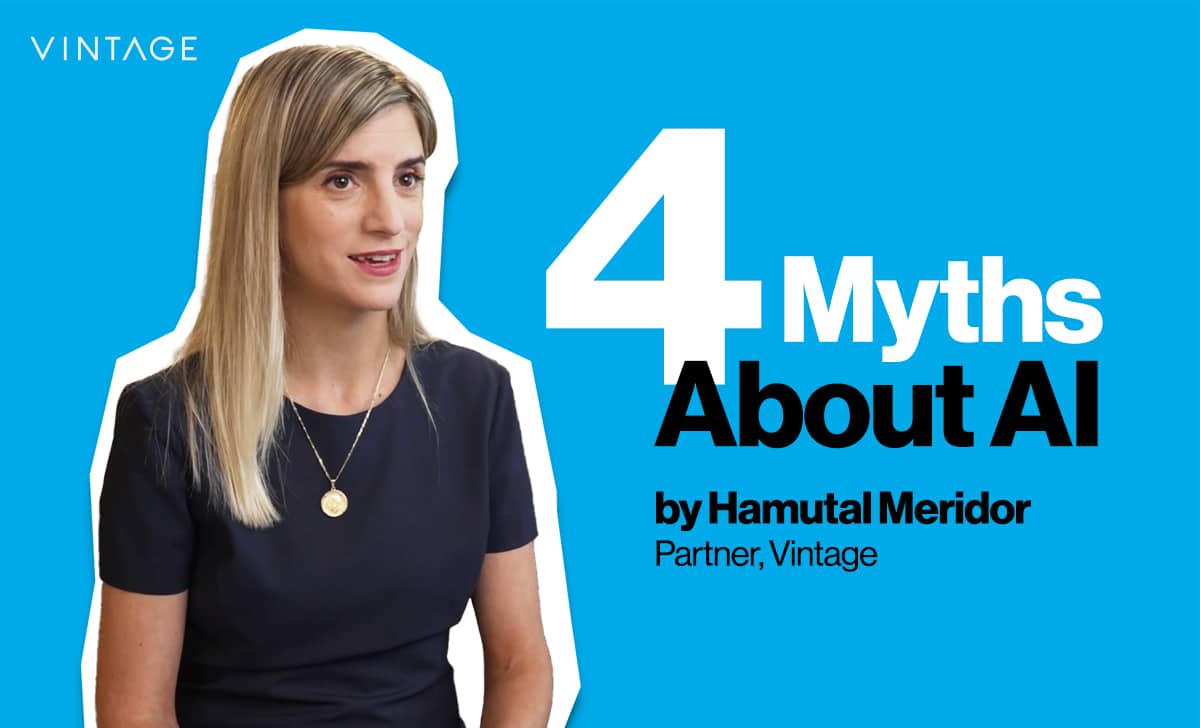
 Blog
Blog
February, 2019

The last several years have seen a significant number of startup founders seeking partial liquidity to their private shares, by selling a small portion of their shares to secondary dedicated firms and/or investors. According to several secondary research firms, it is estimated that 15%-20% of the secondaries taking place in the technology ecosystem are comprised of secondary directs, i.e. investors buying shares of private technology companies from stakeholders, highlighting how mainstream this market has become.
Those of us who have been in this business for many years remember a time when term sheets required founders to have reverse vesting on their shares, along with limitations on founders selling shares. A sale of shares at the time was often translated as a bad signal. Investors would say: “Why is the founder selling? What do he or she know that I don’t?” The ‘common investor’ would say: “we blend our capital with the founder’s great ideas, and I want you, Mr./Mrs. Founder to be hooked with me until the end.” In essence, the investors were thinking: “we will not tolerate an outcome where we lose and the founders make money.”
The direct secondary phenomenon started gradually around 2009-10′, when Facebook and other leading technology ventures were still private, and investors were creatively trying to get exposure to the most marquee assets. Since then, secondary directs have proliferated down market to much earlier stage ventures. It started primarily with founders selling shares but is now being used by other company stakeholders like other employees, non-active founders, angel investors, seed funds and even classic VC funds.
They have served as a strong tool for aligning the investor and founder interests. While a medium-size exit will usually not impact a fund’s return, it can serve as a life changing event for a founder. Investors who strive for big outcomes need to be motivated for the long term, by making sure that their founders will not be tempted to entertain the first offer that comes their way. Giving a founder partial liquidity is a good way to help relieve such pressures.
Second, the increased availability of global capital has forced investors to find new ways to creatively access high-potential ventures. Investors often cannot reach their target holdings and deployment amounts through primary investment alone, and secondaries can help them reach their targets while accessing desirable investments. For this reason, both primary and secondary-dedicated pools of capital are jointly contributing to the growing secondary trend.
I would argue that there are two additional factors accelerating the growing volume of the secondary direct market. First, the pendulum of power has shifted from the buyer’s side towards the entrepreneurial-seller side, transforming the demand for shares into a “sellers’ market.” Founders are now facing far more demand for their ventures than in the past, and are better suited to decline restrictions on selling shares.
Second and more importantly, unlike in the past where exits were only achieved via ‘trade-sales’ or public offerings, secondaries have become a ‘partial exit route’ for the market participants. Gone are the days that any shareholders needs to wait until the end to see a return, and gone are the days where either “all of us, or nobody” sees a return. I would argue that direct secondaries being used properly are making the technology investment market by more efficient then ever.
Amit Frenkel is General Partner at Vintage, where he has been since 2005.